Indian Garden
Extra Info
Title: Heritage Gardens
URL Source: http://www.gardensbythebay.com.sg/en/attractions/heritage-gardens/visitor-information.html
Markdown Content:
1. Home
2. Things to Do
3. Attractions
4. Heritage Gardens
Get to the root of
Singapore's history
Walk down memory lane at Heritage Gardens and immerse in the charms of history. Discover stories about Singapore’s diverse ethnic groups and their cultures, told through a fascinating host of plants.
Opening Hours
Daily: 5.00am – 2.00am
**Admission Rates
**
Free Admission
Nearest Carpark
Main Entrance Basement Carpark
Explore
the Gardens
Through four themed gardens, discover how plants are intricately linked to the culture of Singapore’s three main ethnic groups as well as colonial past. For a start, take a peek at some of the gardens’ interesting sights.
The Indian Garden is the
most creative garden
for taking the shape of a traditional floral motif
The Chinese Garden is the
most picturesque garden
where art mimics Nature
The Malay Garden is the
most tantalising garden
for its many plants grown for food
The Colonial Garden is the
most fragrant garden
for its aromatic spices and cash crops
Indian Garden
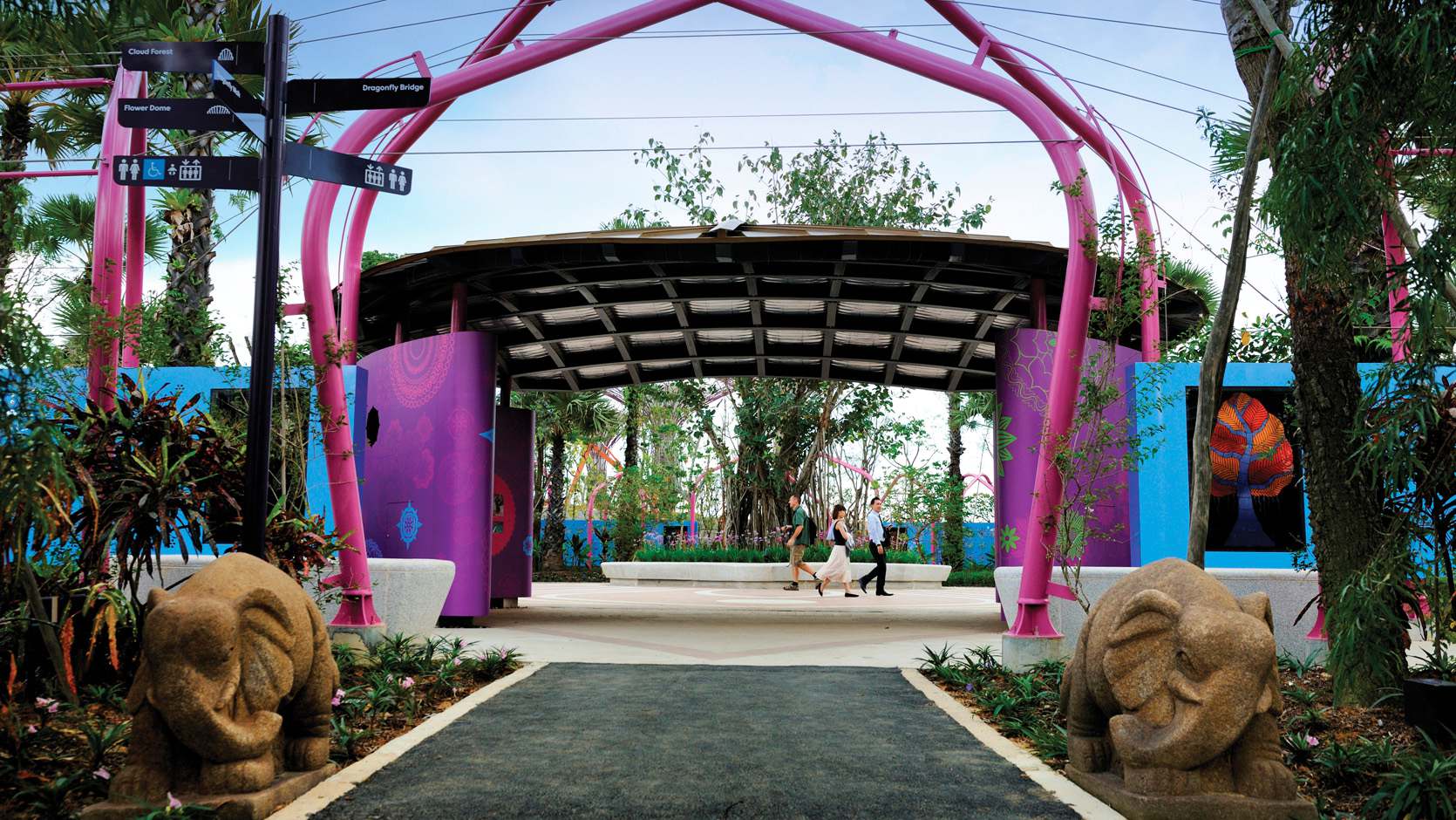

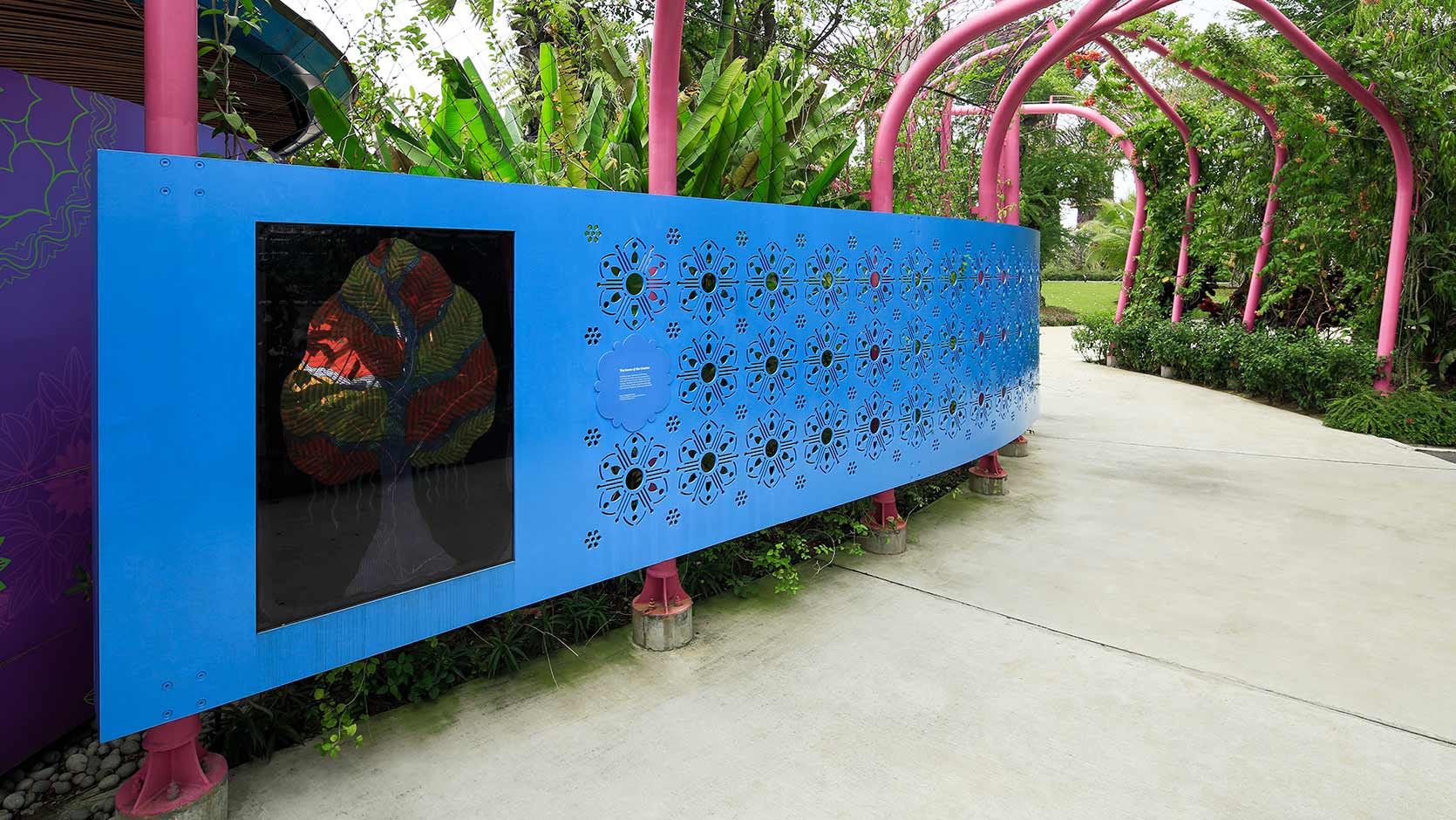
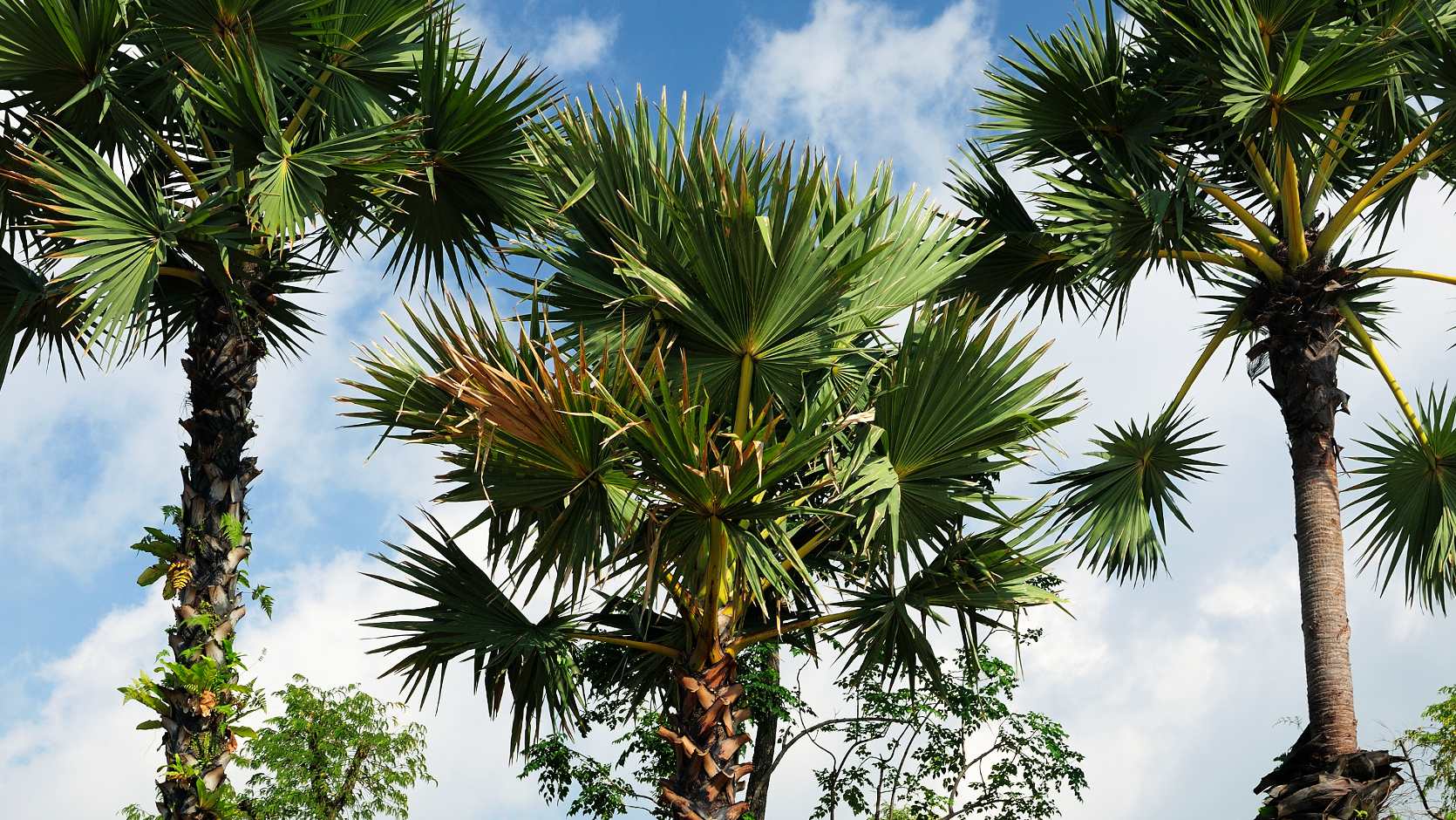
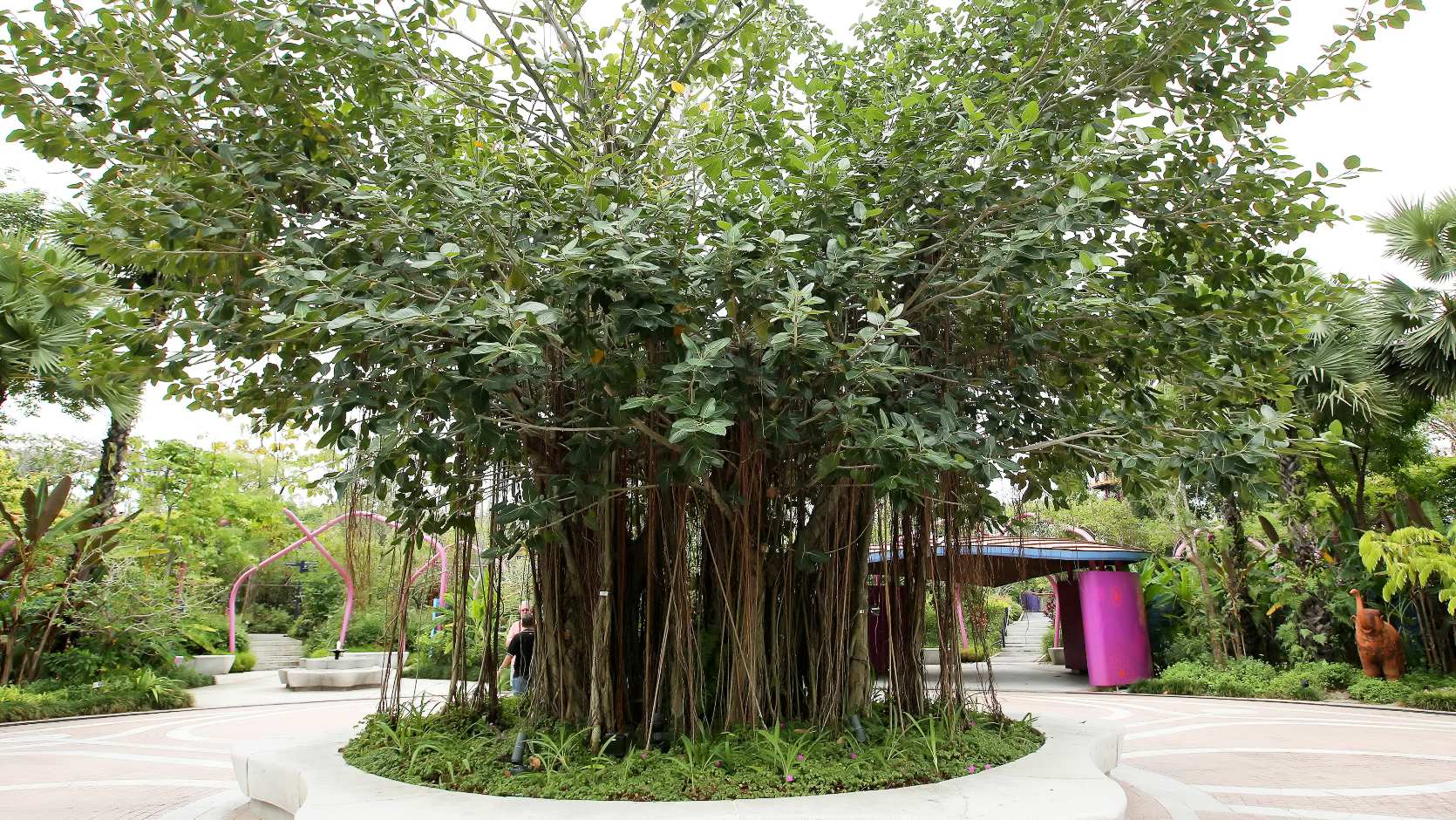
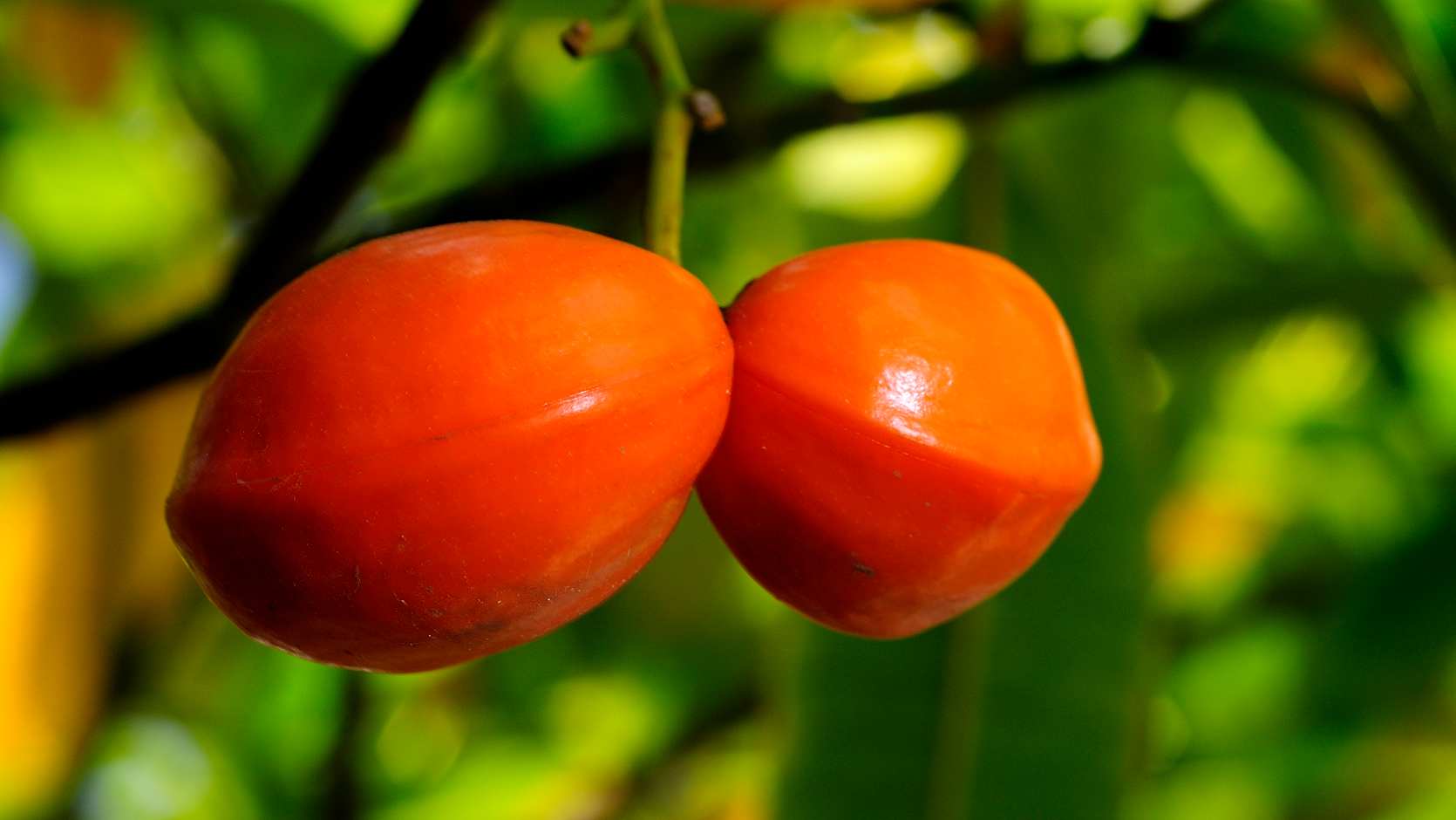
1
/
5
Entrance
The Indian culture is strongly influenced by Hinduism and the principles of the Vedas, the collections of hymns to gods. They are central to the development of how plants permeate many aspect of the daily Indian culture.
In Ayurveda, forests represent endless self-regeneration of life, and plants are used as offerings to gods and deities. Henna is used as body art, while Kolam is a floor design made with ground rice powders and layers of flowers.
"Night Life of Tress" Panel
Check out the decorative motifs on the blue fence surrounding the Indian Garden
Asian Palmyra Palm (Borassus Flabellifer)
The Indians call the Asian Palmyra Palm the ‘celestial tree’ as every part has a use. The nut’s sap can be made into drinks, while the nut can be roasted or germinated and eaten as a vegetable. And the trunk, sheath and leaves can be used as building materials.
Banyan Tree (Ficus Benghalensis)
The National Tree of India, the Banyan Tree is considered sacred and symbolises eternal life. In Hindu mythology, Lord Shiva is sometimes depicted as sitting in silence under this tree.
Forbidden Fruit of India, or Divi-Kaduru (Tabernaemontana Dichotoma)
The Divi-kaduru is valued for its ornamental flowers and fruits. Its bark and roots are used for treating high-blood pressure, pain and inflammation. The soft wood of its trunk are made into masks used for Sri Lankan "low country" dancing, which includes the "Kolam" and "Thovil and Bali" dances.
Chinese Garden
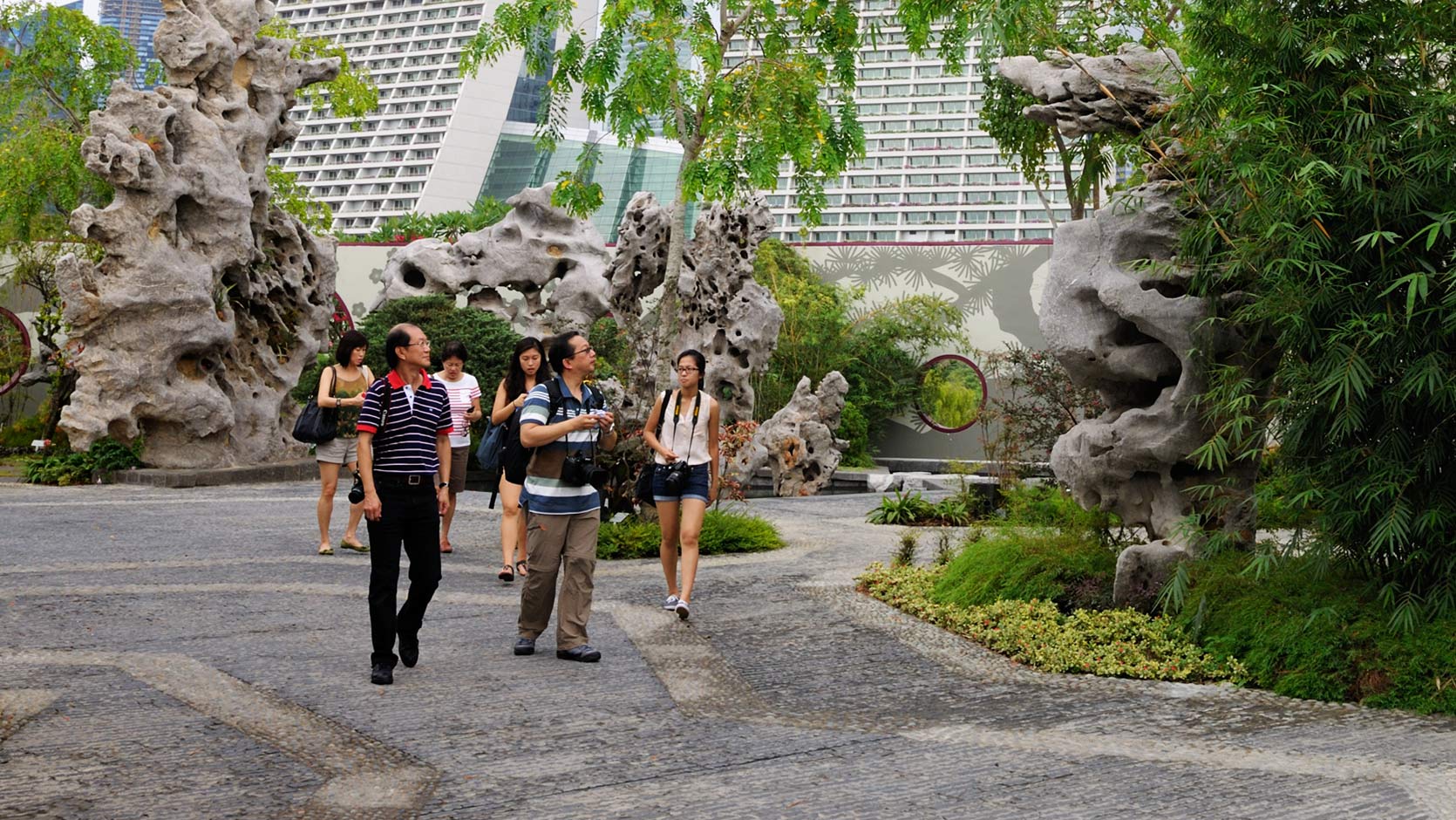

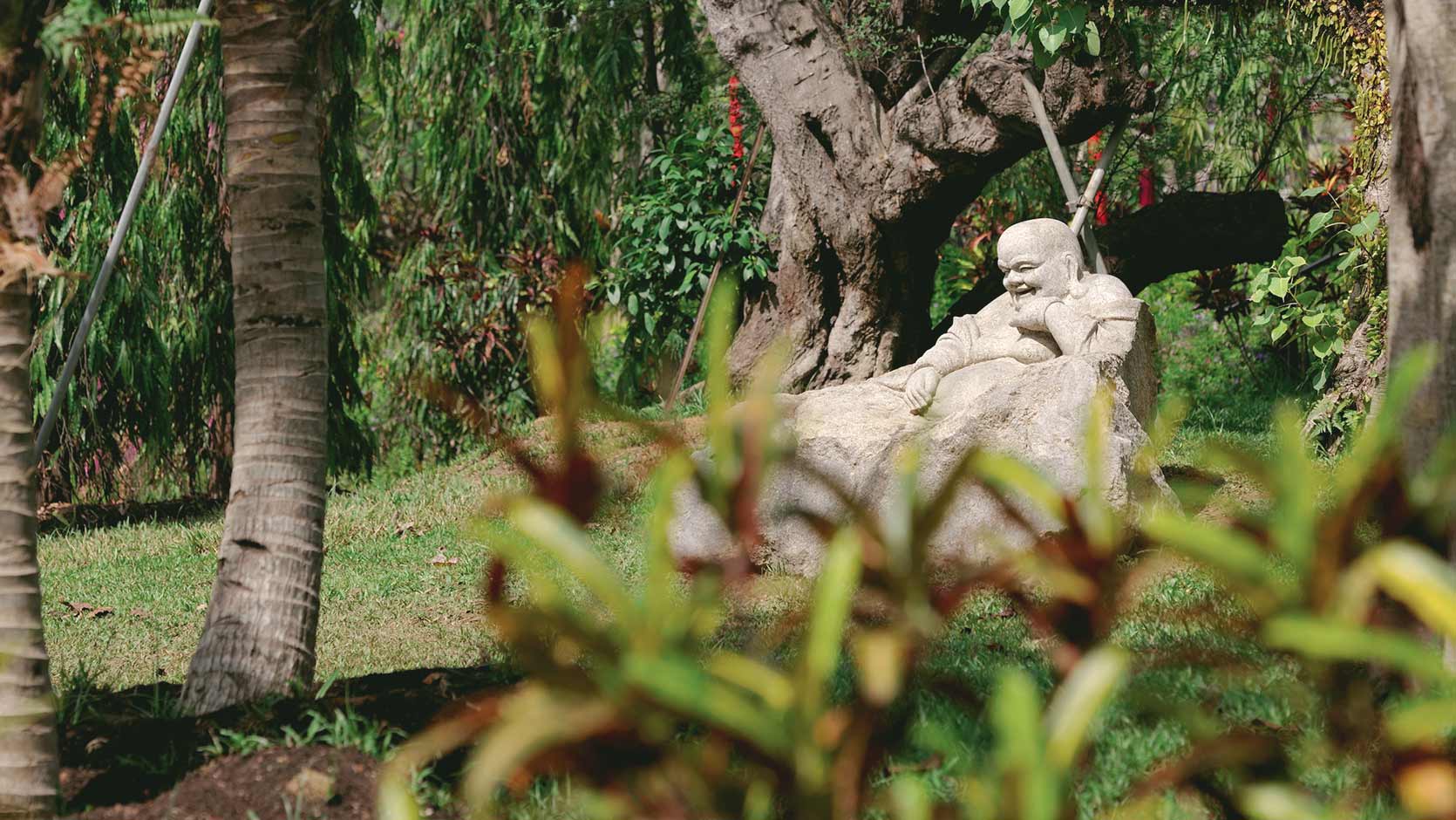
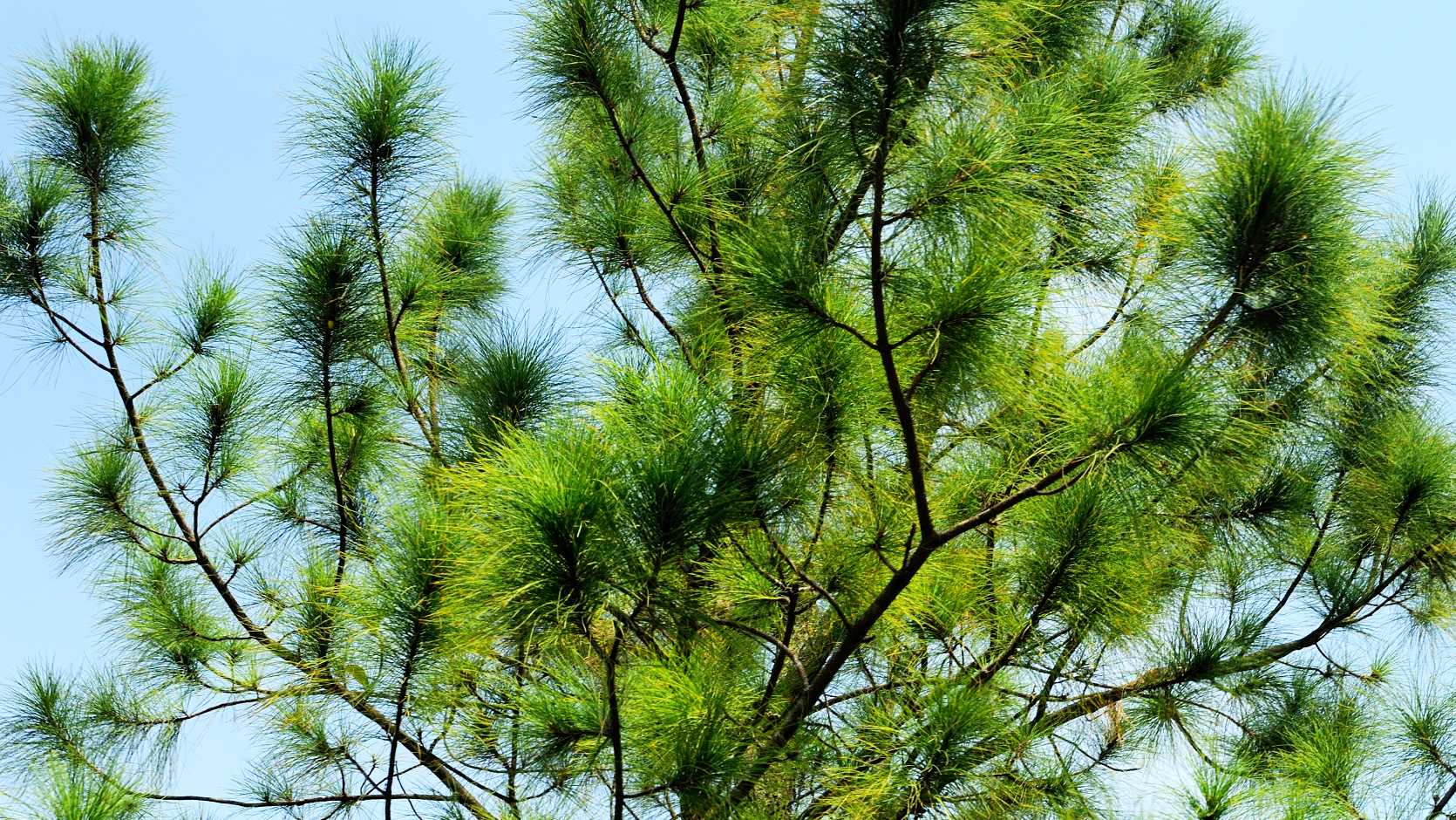

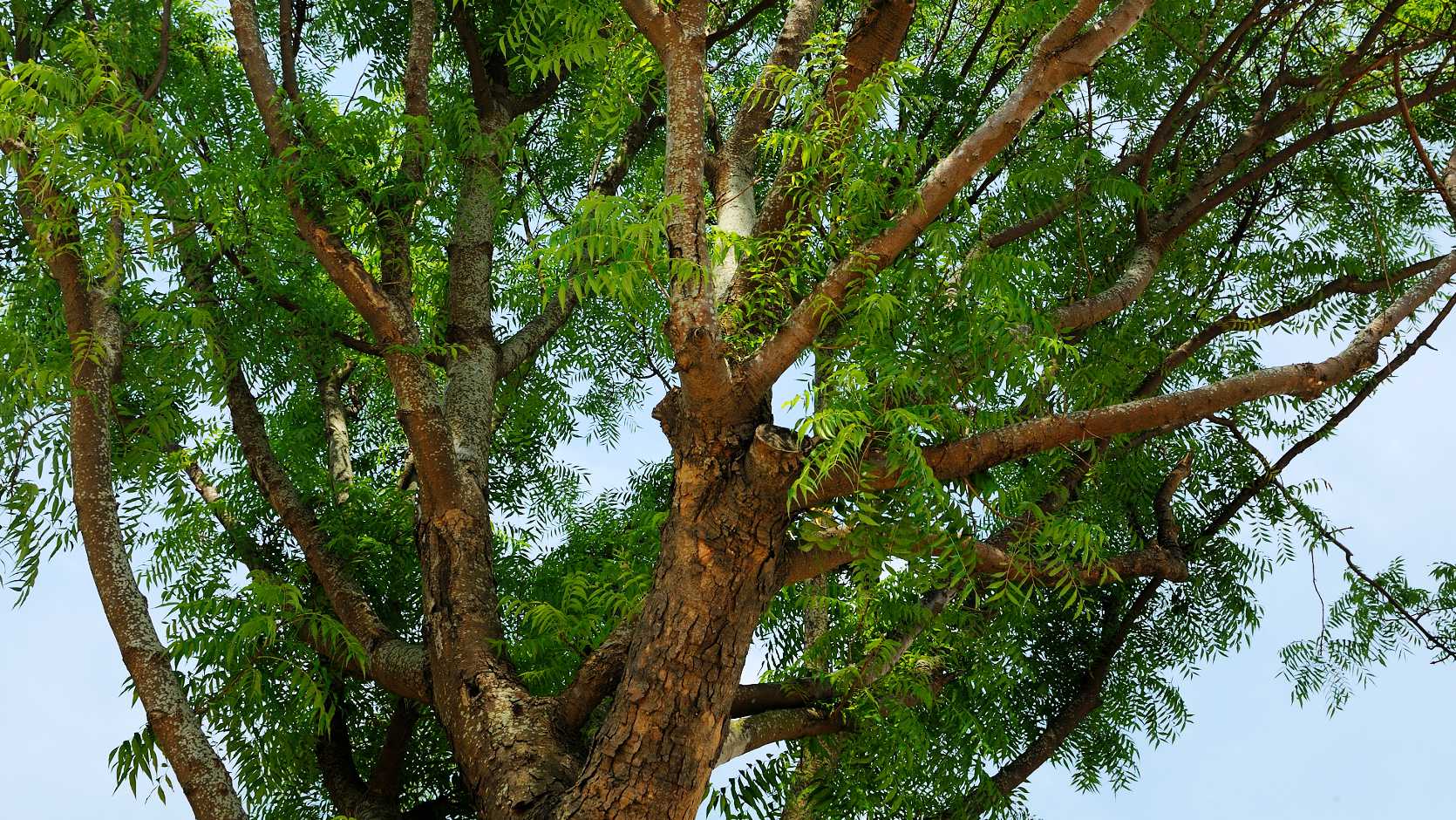
1
/
5
Walkway
For centuries, plants have been a popular feature in the Chinese arts and culture for ornamental, religious and ceremonial purposes. In China, gardens were designed to reproduce natural scenes as closely as possible.
Take a stroll through the Chinese Garden and discover a balanced landscape where art imitates nature, with the use of rocks to resemble mountains, water features to resemble rivers and waterfalls, or pruning and training trees to appear windswept.
Buddha of Benevolence
Spot a smiling Buddha statue taking a respite under the legendary Bodhi Tree. Revered as the sacred tree by the Chinese, the Bodhi Tree is also treasured for its many medical uses.
Pine (Pinus spp.)
A symbol of longevity, persistence, tenacity and dignity, Pine is an everygreen tree that is often found during winter in China. Here at the Chinese Garden, one of the species planted here is the Pinus caribaea, a particular tropical species that can withstand Singapore’s hot and wet climate.
King Sago Cycad (Cycas Revoluta)
Don’t be fooled by this gnarled and twisted looking plant. Known as the King Sago Cycad, it is a symbol of longevity. Its starch, similar to that of a palm sago, can be extracted from its pith, but has to be washed several times as other parts of the plant are poisonous.
Chinese Pistache (Pistachia Chinensis)
The Chinese Pistache originates from the hills and mountains of Taiwan and China. An extremely bitter medicine can be extracted from a plant parasite that grows from the root of this plant.
Malay Garden


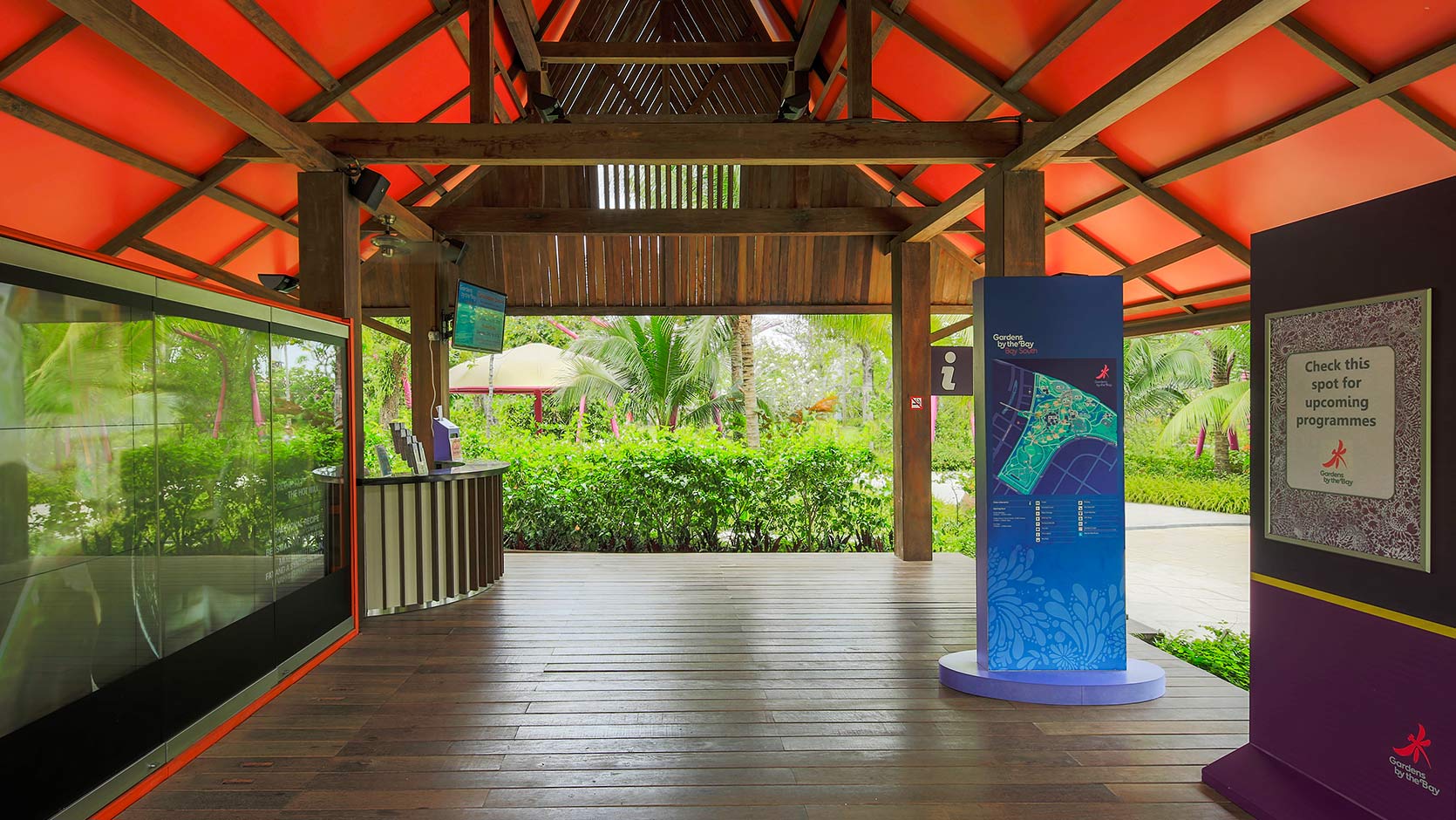
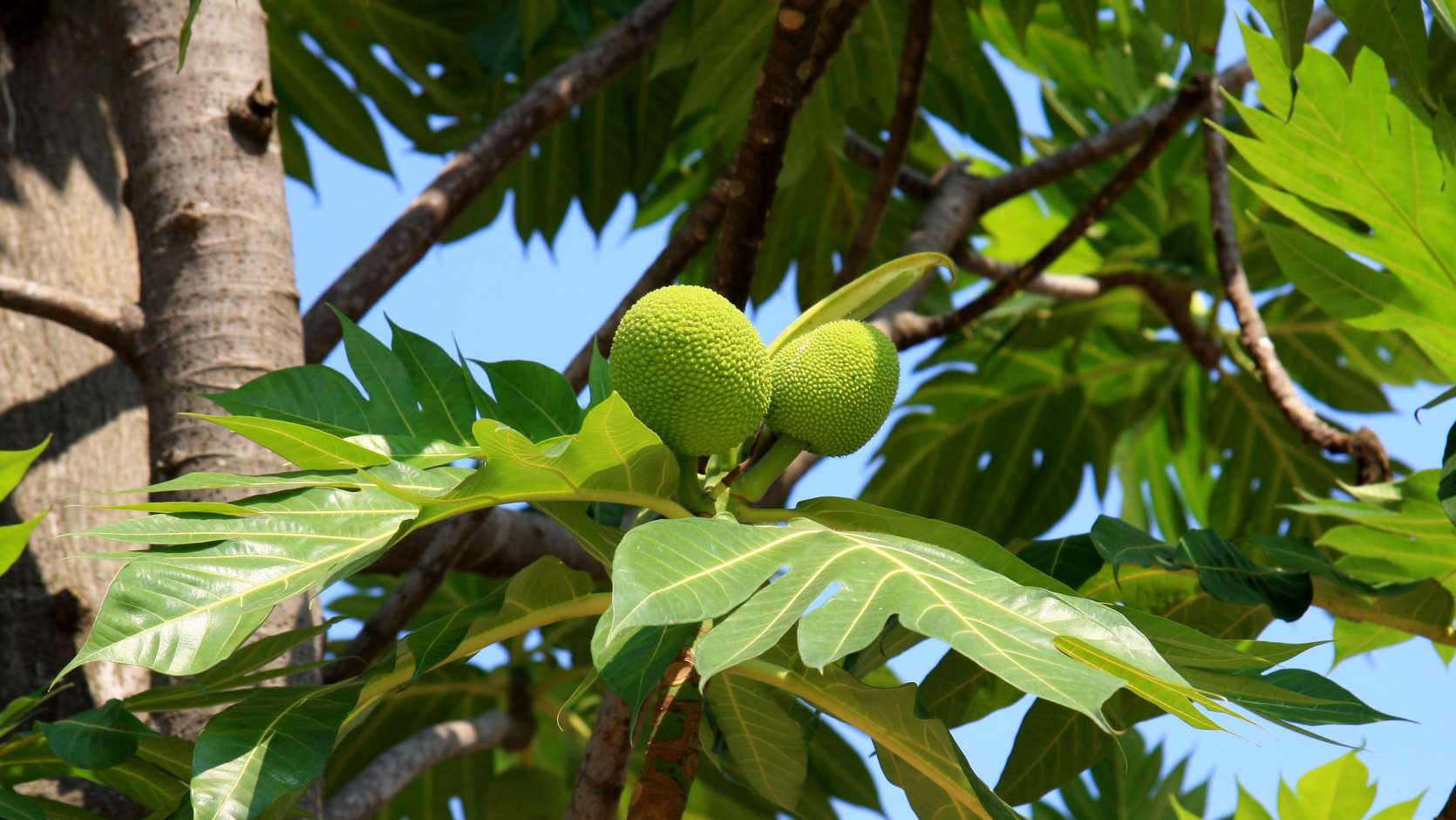

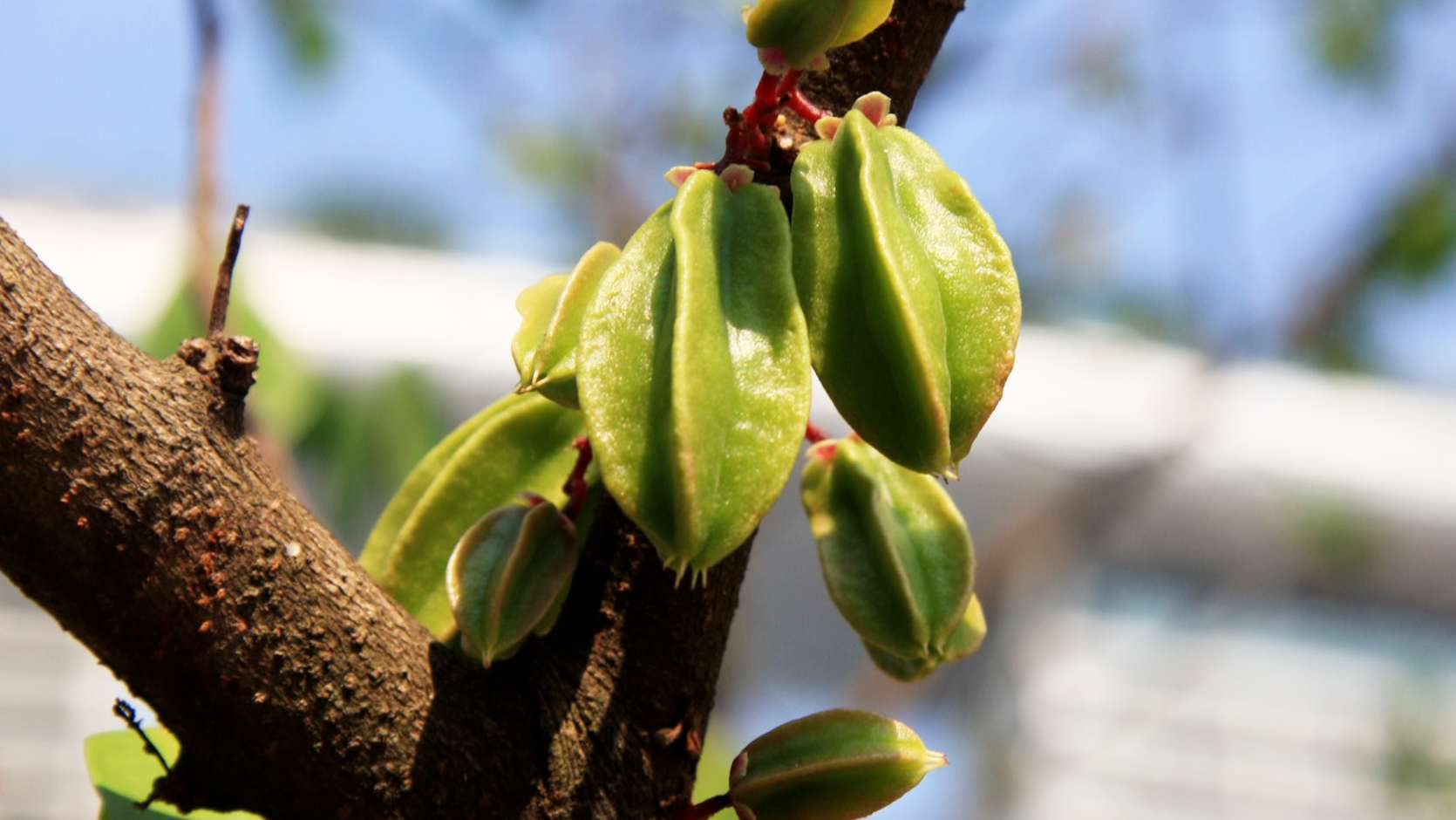
1
/
5
Kampung House
The Malays built their traditonal village houses, using only natural materials. Namely the Nipah or Rumbia Palm for the roof, Nibong Tree trunk for the walls and floors, and Bamboo for the mats and bed .
Inside the Kampung House
The Malay community in Singapore cultivated many fruits like rambutan, jambu, coconut and durian, and grew alternative vegetables like bread fruit and pandan. They also used plants for medicinal purposes. The forest also played an important part in the community’s daily lives, providing raw materials for building houses and boats.
Bread Fruit Tree (Artocarpus Altilis)
Originally from Southeast Asia, this tree is now cultivated in many tropical countries. The fruits on the Bread Fruit Tree can be used as a bread substitute by baking, roasting or boiling its flesh.
Tongkat Ali (Eurycoma Longifolia)
Keep an eye out for this infamous plant, often referred to as Malaysia’s homegrown Viagra for its aphrodisiac properties. Originating from Malaysia and Indonesia, the extremely bitter leaves, bark and roots of this plant are also traditionally used for anti-malarial, anti-diabetic and anti-microbial purposes.
Star Fruit (Averrhoa Carambola)
Originally from Malaysia, today, the Star Fruit is cultivated throughout the tropics. When you slice it, the fruit actually looks like a star and can be eaten fresh or made into jams and preserves. Star Fruit is also known to prevent diabetes and alleviate hypertension.
Colonial Garden
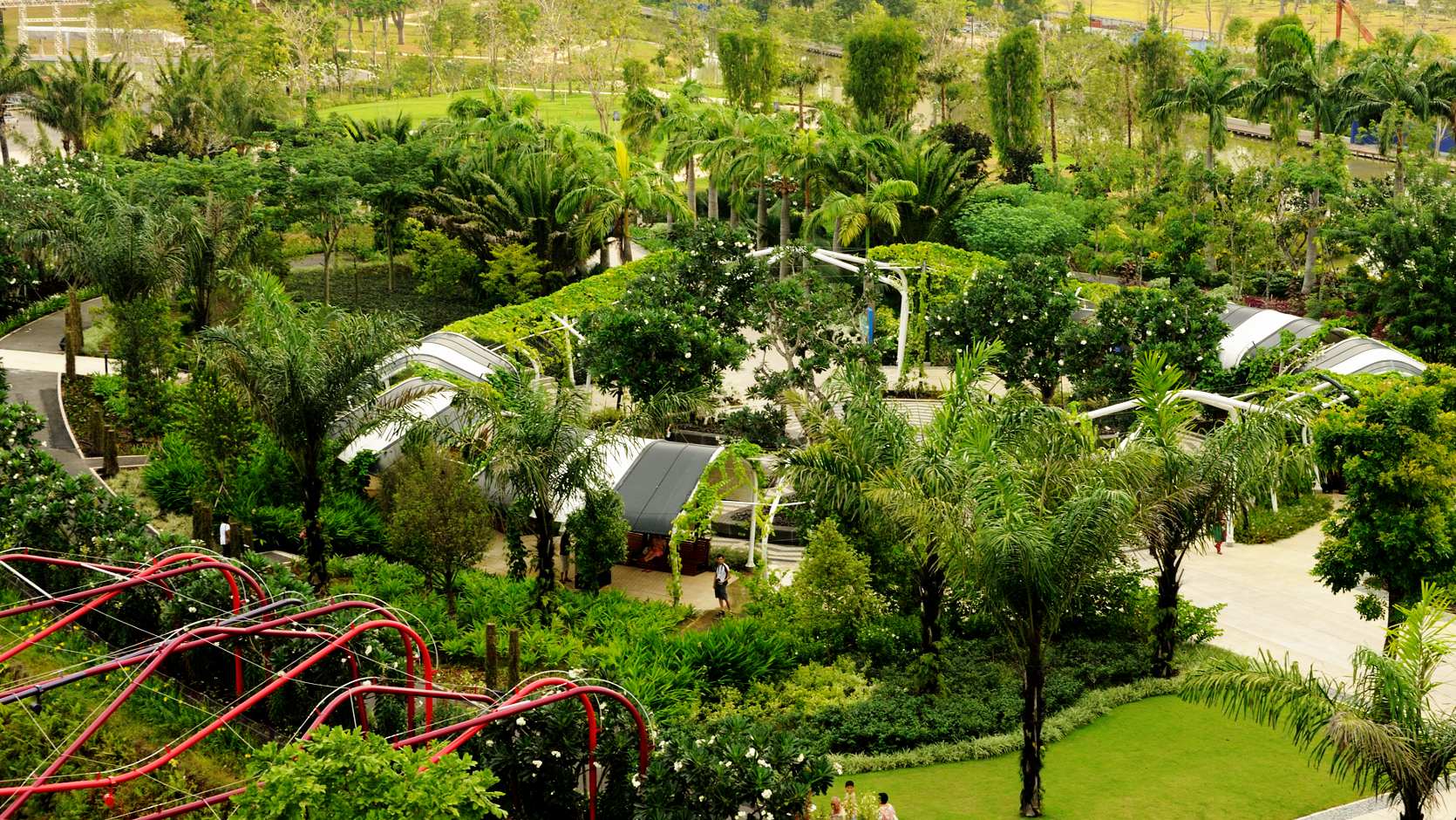

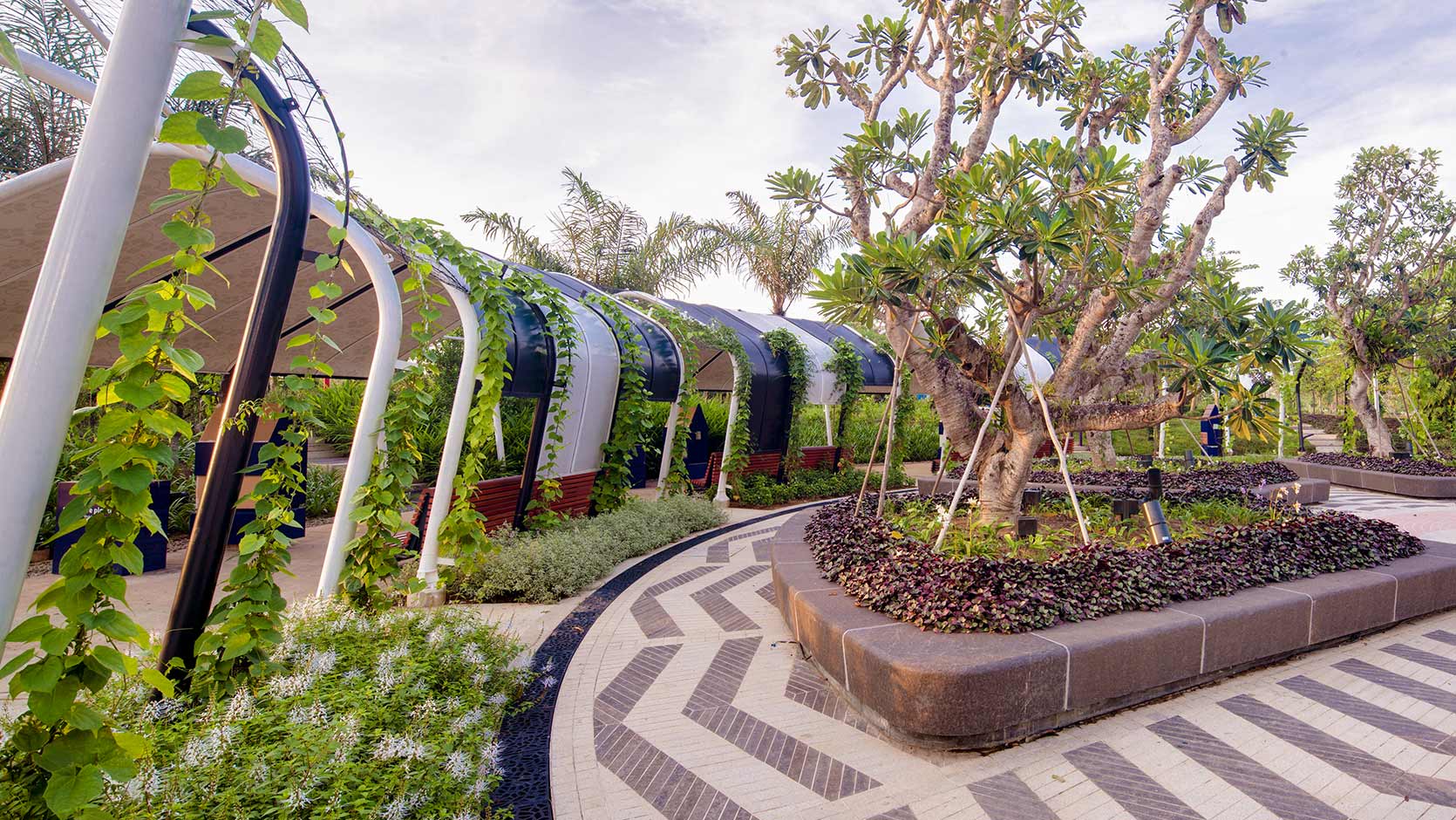
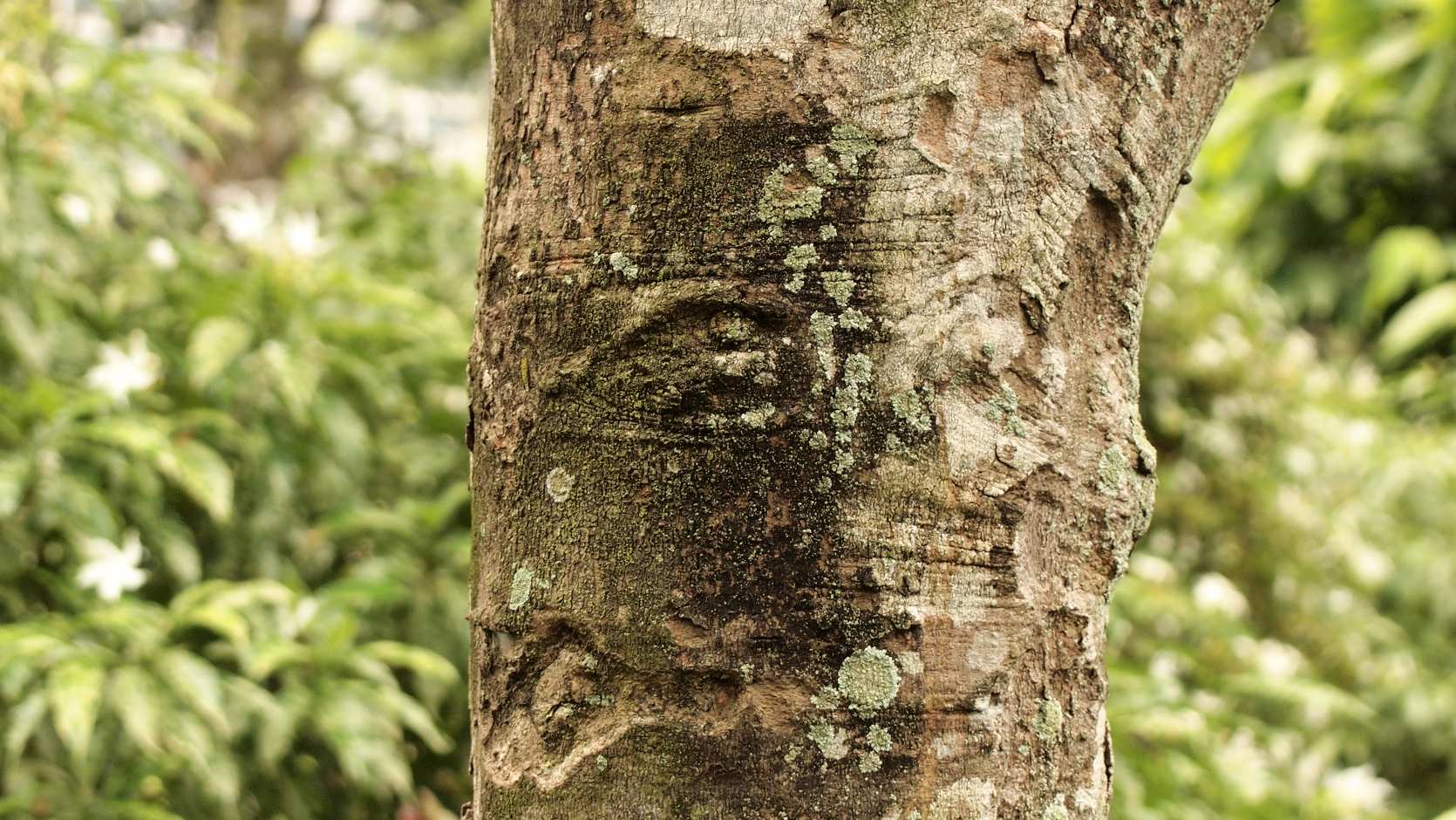
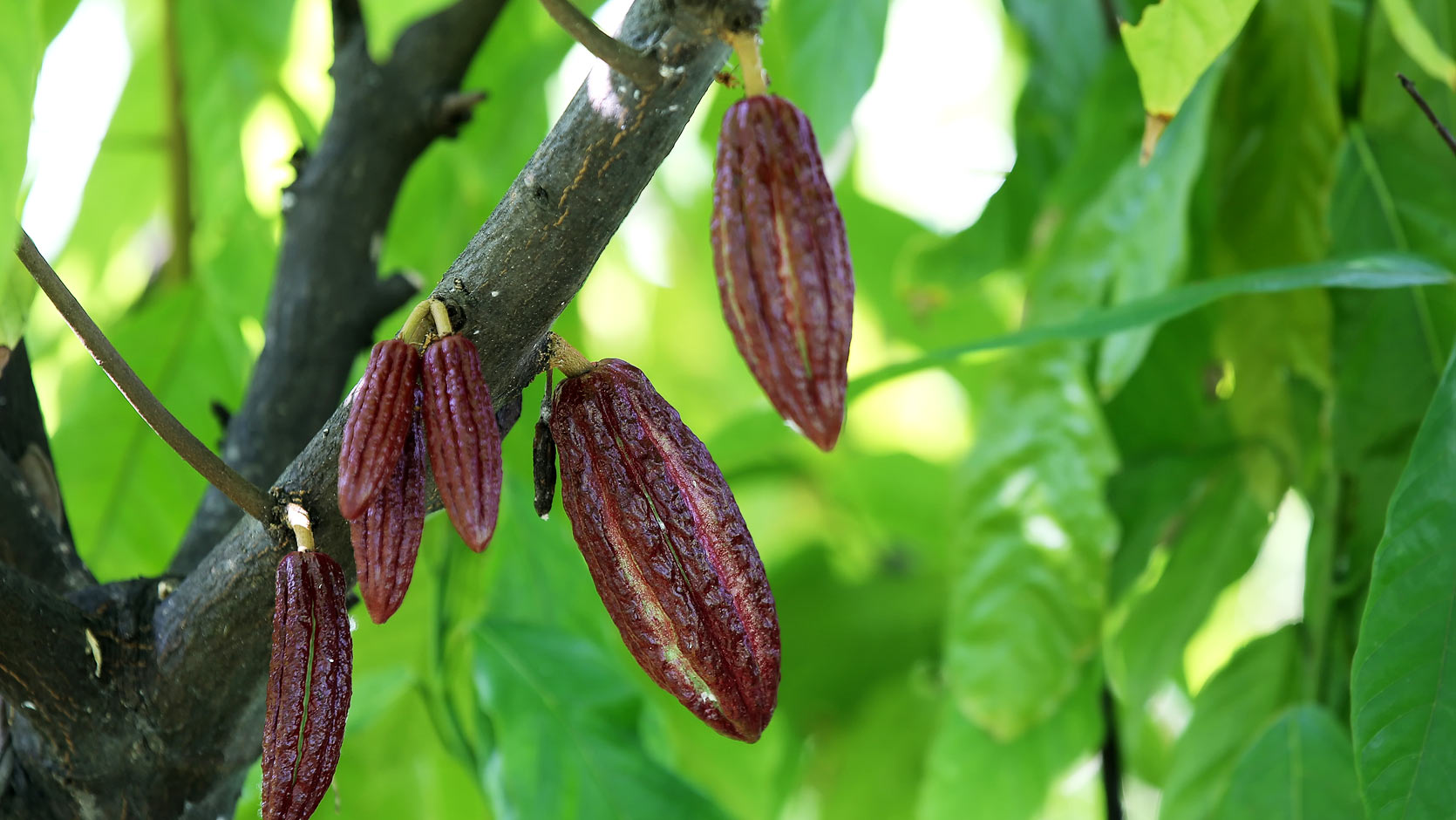
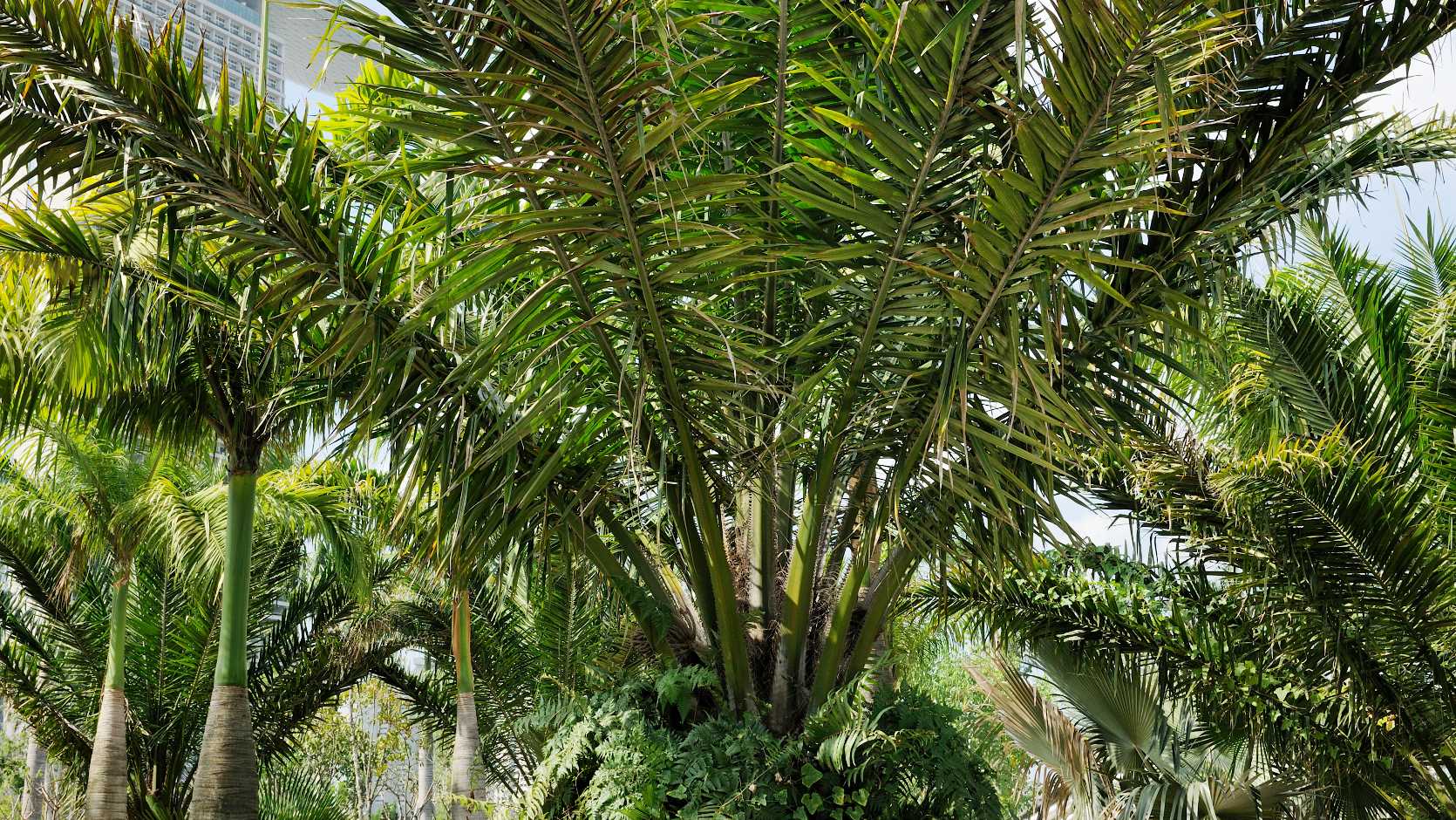
1
/
5
Top view
Singapore’s geographical position on the Spice Route made it her centre of the spice and cash crop trade. Explore the Colonial Garden and discover some of the aromatic plants from her colonial past, including Cloves, Nutmeg, Rubber, Oil Palm, Coffee and Cocoa Trees.
Black-and-white Verandahs
The white verandahs were painted with quicklime made from crushed seashells, while the paint on the black verandahs protect the wood against terminates and beetles.
Rubber (Hevea Brasiliensis)
Rubber originates from the Brazilian Amazon, which used to monopolise the production of rubber. During the colonial days, the British obtained some of its seeds and had the seedlings germinated. They were then sent to Ceylon and Singapore where they were cultivated extensively.
Cocoa (Theobroma Cocao)
Considered by the Aztec and Mayans as a drink for the gods, the Cocoa tree from Central America is still a precious commodity today. This small tree benefits from the shade as it is often grown under the Madre de cacao or Cocoa's mother tree.
Oil Palm (Elaeis Guineensis)
A native of West Africa, the Oil Palm was brought to Malaysia by the British. The Oil Palm was a substitute for rubber as there was tremendous demand for its cheap saturated oil. Faced with concerns regarding biodiversity loss, Oil Palm is now cultivated in areas of the world which are unrivalled in their plant diversity and also home to animals like the orang utan.

Connect with Nature with Gardens’ Audio Tour
Tour the outdoor gardens in comfort on board the Garden Cruiser Audio Tour. Featuring an engaging audio commentary, this 20-minute ride brings visitors to various places of interest at Bay South Garden and introduces some unusual flora encountered along the way.